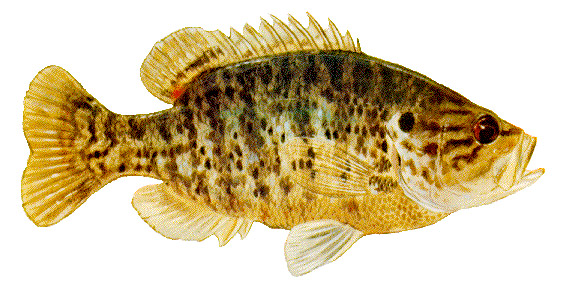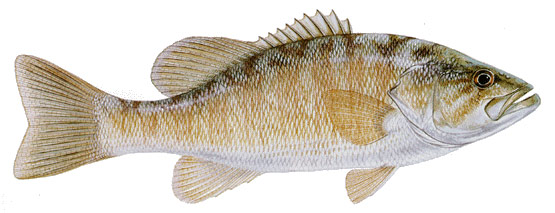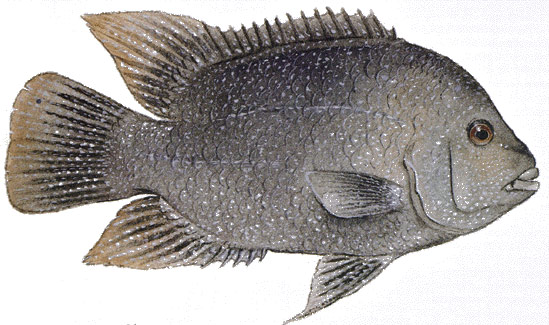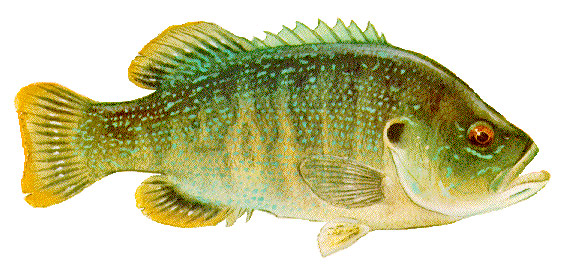Water slightly low and very clear. Fishing steady. Best in low light hours. Concentrate on shade during the heat of the day, and fish terrestrials against the bank. We are seeing some nymphing activity in sections of the creek where fish are positioned in the current. Fish a hopper/dropper or dry/dropper for best results.
Top patterns: Sunfish – Morrish Hopper, Rio Getter, and Wilcox JC Special. Bass – Brushy Creek Streamer, Morrish Hopper.







